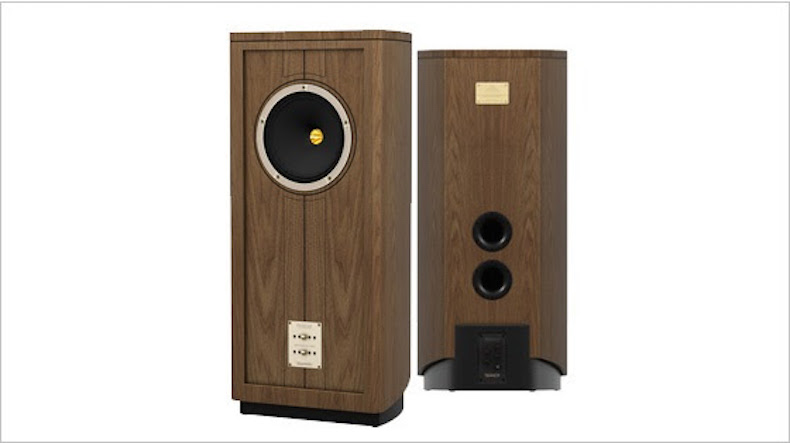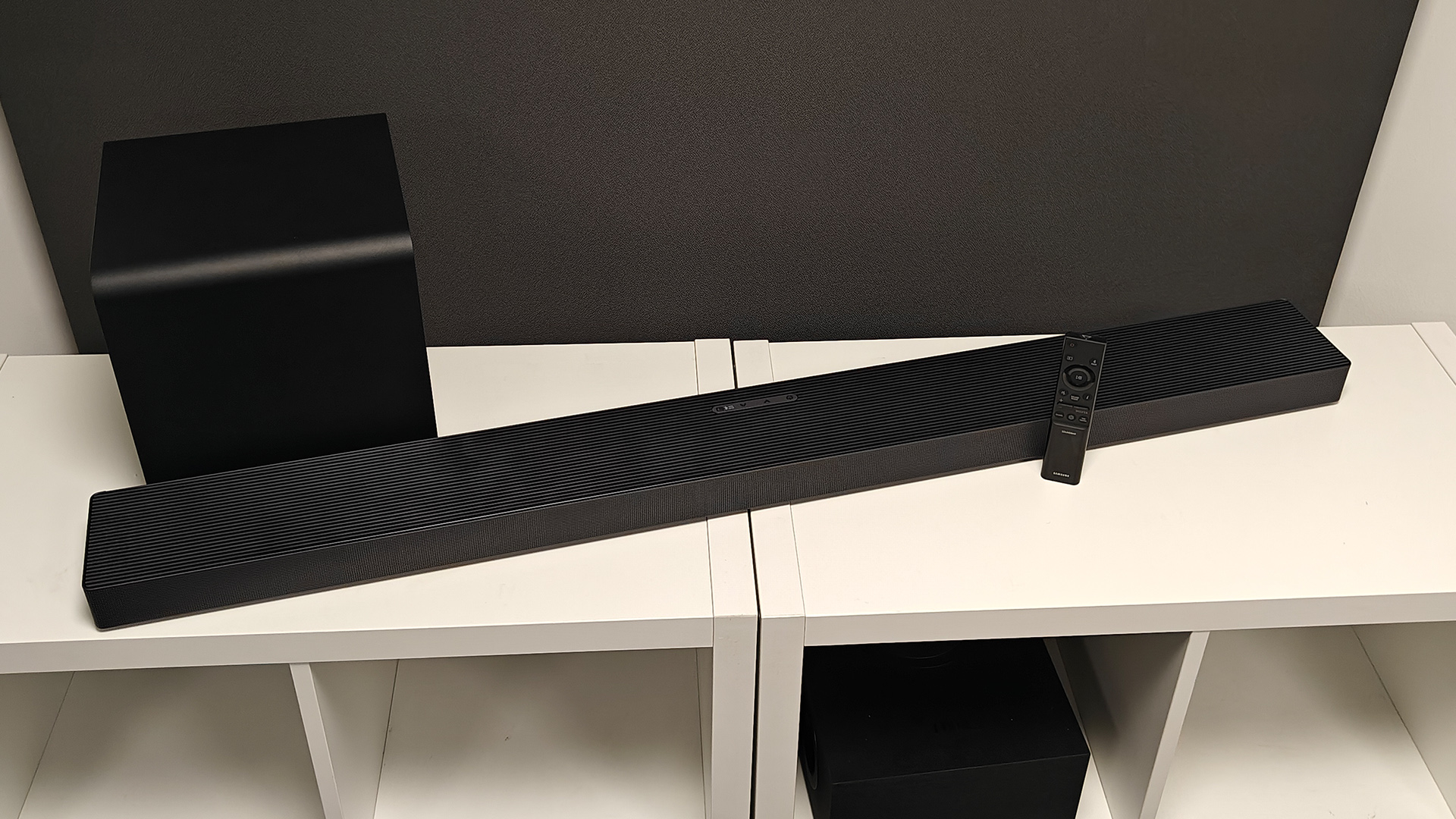Tannoy's new Gold Reference GRF speaker to be built in Scotland
The success of the limited edition GRF-90 has led Tannoy to develop a permanent addition to the Prestige range, the £17k Gold Reference GRF. The company says the new model will be built at Tannoy's existing plant in Coatbridge, Scotland.

Last year Tannoy celebrated its 90th anniversary with a limited edition Prestige GRF 90 speaker, built in honour of the company's founder, Guy R Fountain, who started the company in 1926.
Tannoy claims the success of this speaker (only 90 pairs were made) convinced the company to create a permanent addition to the range.
Tannoy says the GRF "will be handcrafted in the UK", and the firm has confirmed to What Hi-Fi? that the new speakers "will be made in Coatbridge, Scotland". There has been much controversy about whether Tannoy will continue to manufacture products in Scotland since its takeover by Music Group, which is based in the Philippines.
Just before Christmas, Tannoy's new management denied it planned to end all speaker production in Scotland, despite reports from the GMB Scotland trade union to the contrary.
The new management, led by Music Group chairman Uli Behringer, has said it will keep some manufacturing in the UK, and will invest in a new R&D centre in Manchester. However, the bulk of speaker manufacturing will be transferred to a new $100m factory in China.
Tannoy has developed the Prestige GRF model using the 12in Dual Concentric Driver with Tannoy’s signature PepperPot WaveGuide, Alnico motor system and HF compression drive, all of which were used in the limited edition GRF 90.
To minimise unwanted resonance, the birch plywood cabinet is extensively braced internally, and the twin rear ports are engineered to reduce low frequency turbulence. "Meticulous hand-finishing and time-honoured traditional craftmanship" are hallmarks of the GRF, says Tannoy.
The latest hi-fi, home cinema and tech news, reviews, buying advice and deals, direct to your inbox.
The Tannoy Prestige GRF speakers are due to go on sale next month for £16,998 a pair.
MORE: Tannoy announces closure of its Scotland speaker plant
Andy is Global Brand Director of What Hi-Fi? and has been a technology journalist for 30 years. During that time he has covered everything from VHS and Betamax, MiniDisc and DCC to CDi, Laserdisc and 3D TV, and any number of other formats that have come and gone. He loves nothing better than a good old format war. Andy edited several hi-fi and home cinema magazines before relaunching whathifi.com in 2008 and helping turn it into the global success it is today. When not listening to music or watching TV, he spends far too much of his time reading about cars he can't afford to buy.

